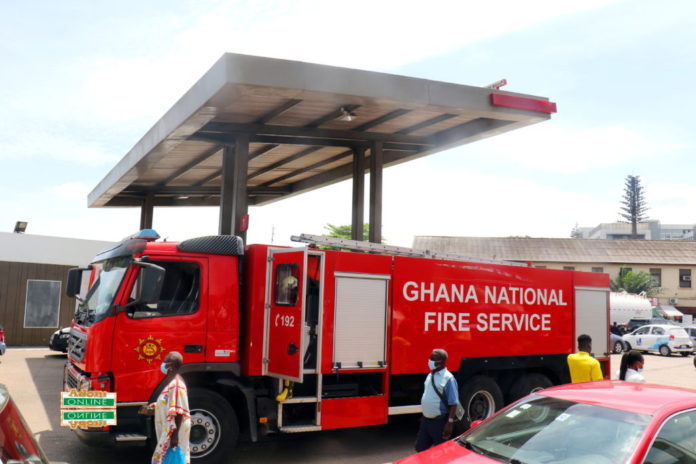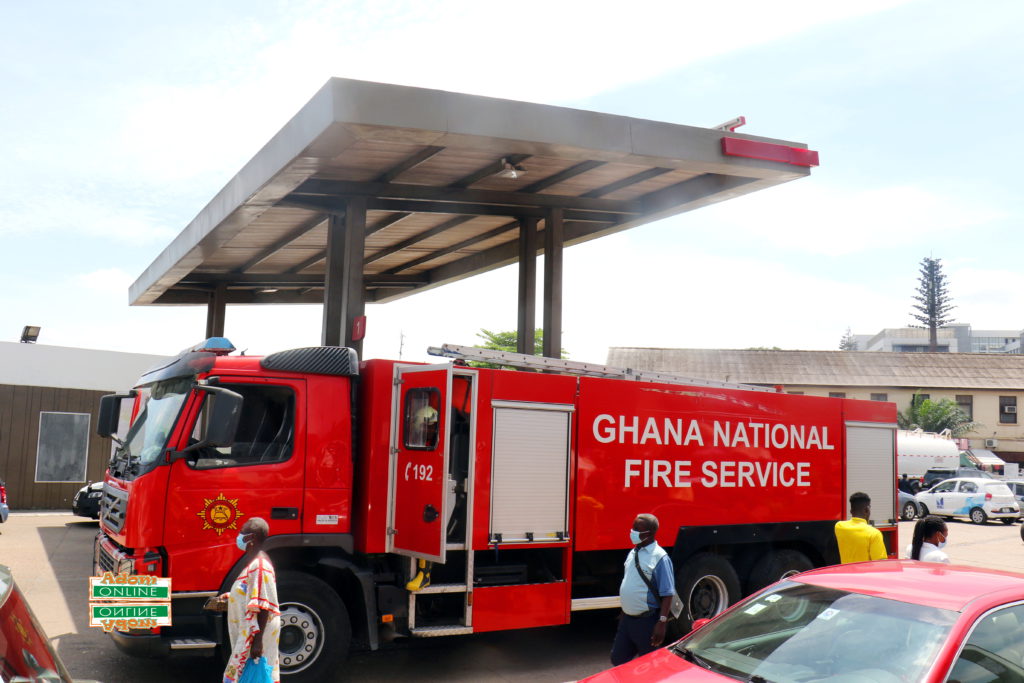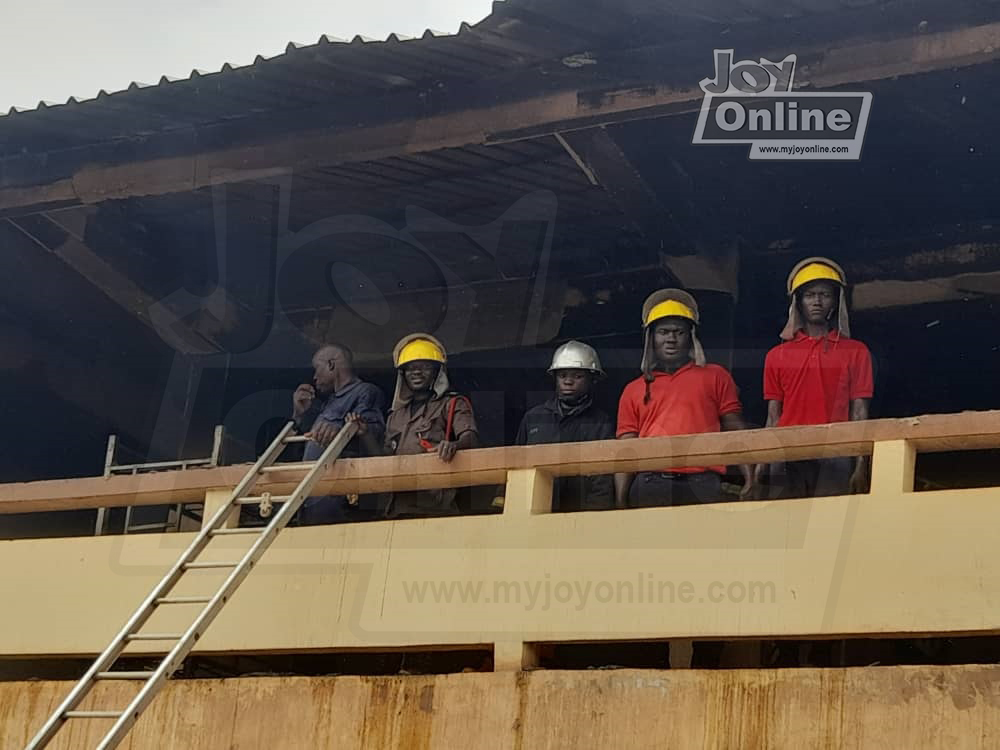
The Ghana National Fire Service (GNFS) in the first half of the year attended to a total of 3,678 outbreaks in the country.
The Service said these fire outbreaks are estimated in terms of cost and damage to property at GHS30,197,948.20.
This is a rise against the same period last year with 3,030 fires with a corresponding estimated cost of damage to property at GHS24,236,113.

The GNFS also indicated that the cost of items salvaged from these fires amounted to GHS7,997,729,00 for the period under review as against GHS528,632.00 for the same period in 2021.
“An average of 20 fires were recorded in a day during the first half year of 2022 as against 17 for the same period in 2021. Some 35 lives were unfortunately lost in 2022 through these fires.
“Some 185 deaths were recorded through road traffic collision incidents as against 2022 for the same period in 2021.”

Meanwhile, the Ashanti Region recorded the highest number of 722 fires which represent 19.63% of the total fires for the first half year of 2022.

It was followed closely by Greater Acera Region with 690 which represent 18.76% while Volta Region recorded the lowest figure of l6 fires representing 0.44%.
The Service noted that some of the causes of these fires are “electrical faults which stem from circuit overload; arcing: short circuits; inferior cables; compromised or poorly done electrical installations; over-aged wires and earthing problems: Gas leakages; unattended cooking: unattended lit candles; mosquito coils: matches und poorly done hot works from welding and deliberate acts.”
“The fires recorded suggest a downward trend from 1090 in January to 342 in June 2022.

The high number of out-on-arrival cases of 1,091 also suggests that the education and sensitization programs of the Service are impacting positively on the general public as they are now able to manage small fires.”
It has, however, attributed an increase in the fires to the harsh harmattan weather experienced in the first three months of the year 2022 and non-adherence to basic fire safety precautions, especially in our domestic settings.






